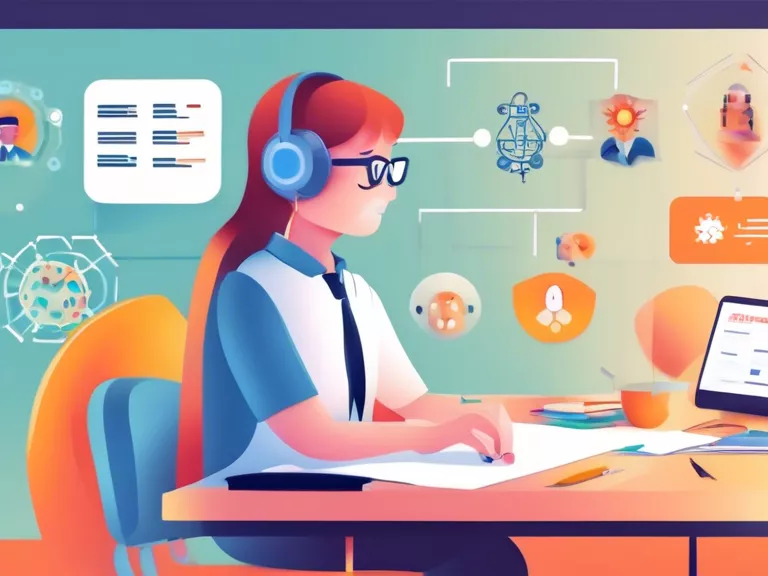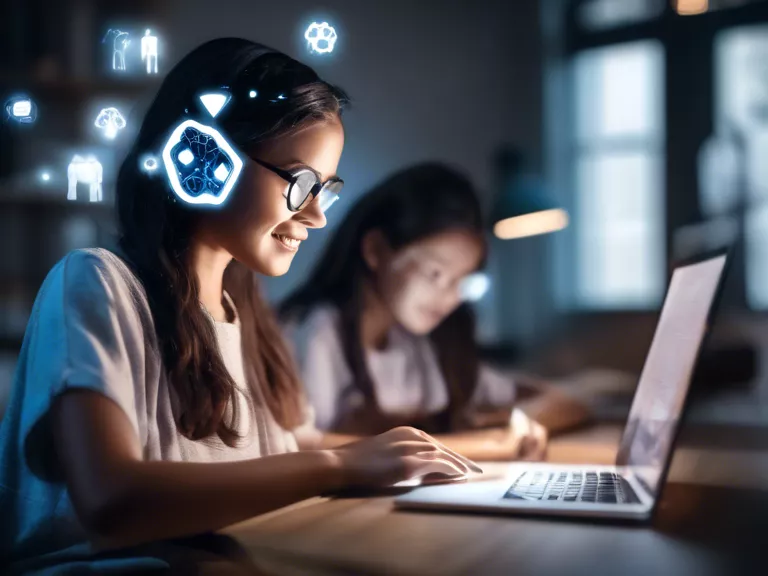
Artificial intelligence (AI) is playing an increasingly important role in education, particularly in helping teachers create inclusive classroom environments. By leveraging AI-powered tools and resources, educators can better support diverse student populations and promote equity in learning.
One key way AI can assist teachers is by providing personalized learning experiences for students. Through adaptive learning platforms, AI algorithms can analyze student data to tailor instruction to individual needs and preferences. This allows for a more inclusive approach to education, ensuring that all students have access to the resources and support they need to succeed.
AI can also help teachers identify and address bias in their teaching practices. By analyzing data on student performance and engagement, AI algorithms can flag potential instances of bias and provide recommendations for how to mitigate them. This can help teachers create a more inclusive and equitable classroom environment where all students feel valued and supported.
Furthermore, AI can assist teachers in creating more accessible learning materials for students with disabilities. Through speech-to-text and text-to-speech technology, AI tools can help students with visual or auditory impairments access course materials in ways that work best for them. This can help level the playing field for students with disabilities, ensuring they have the same opportunities for learning as their peers.
Overall, AI has the potential to revolutionize education by helping teachers create more inclusive classroom environments. By providing personalized learning experiences, identifying and addressing bias, and making learning materials more accessible, AI can support teachers in meeting the diverse needs of their students and promoting equity in education.



